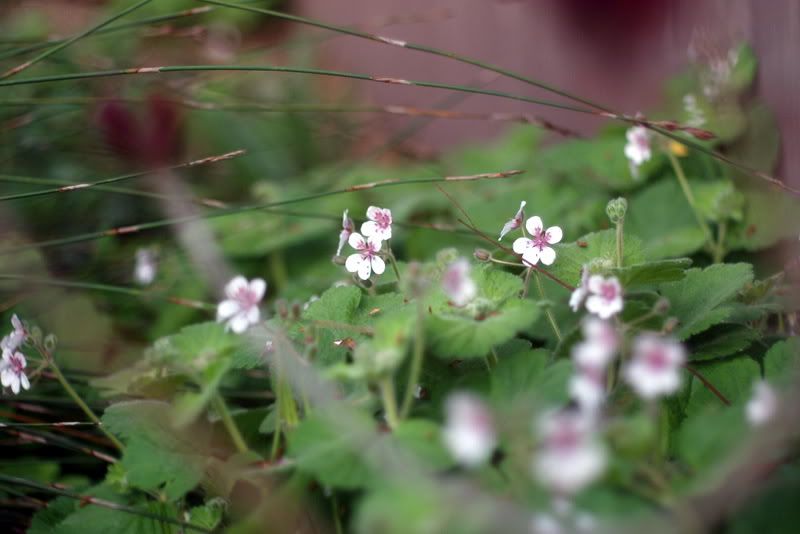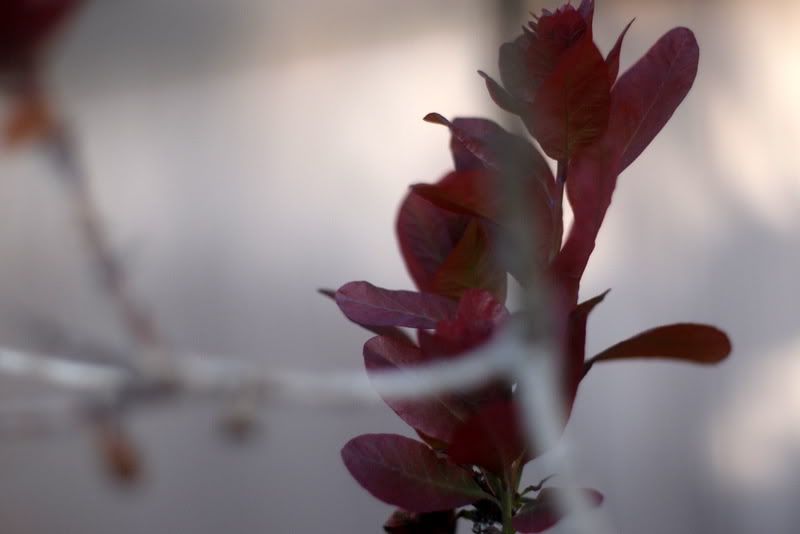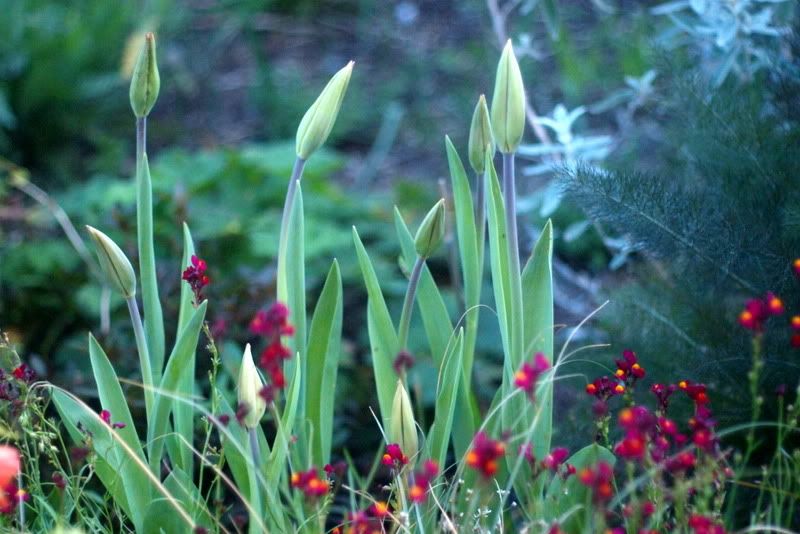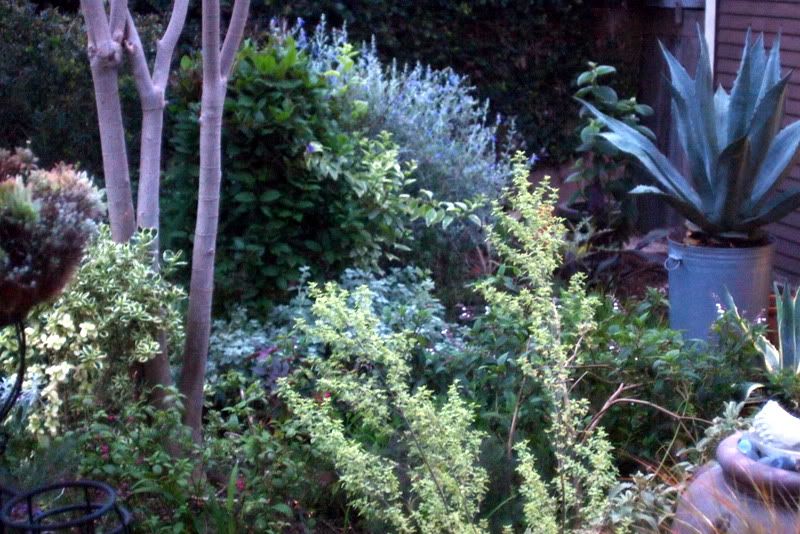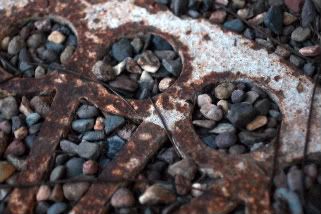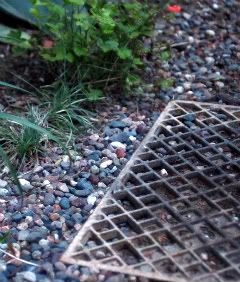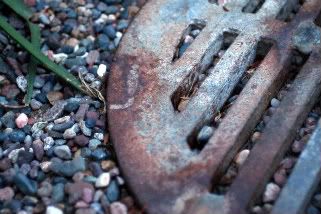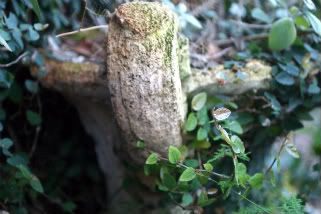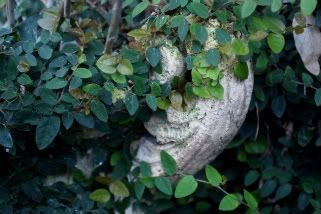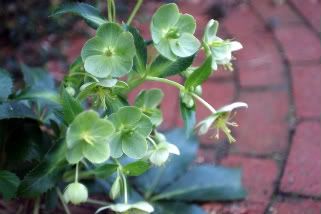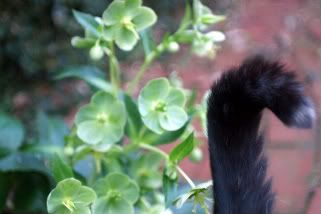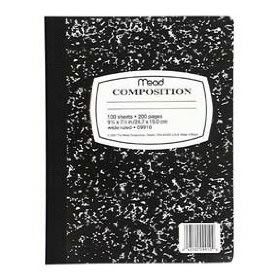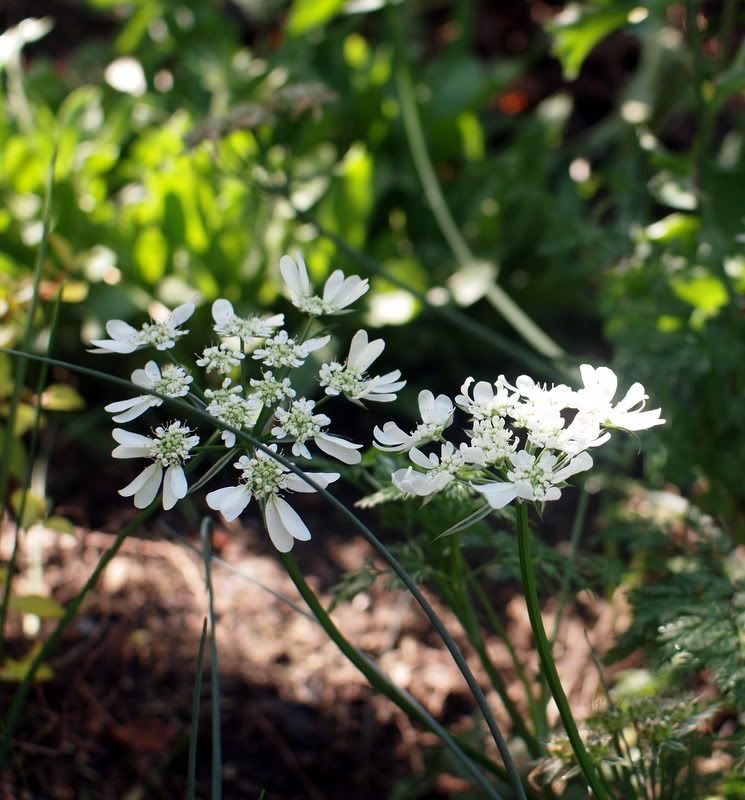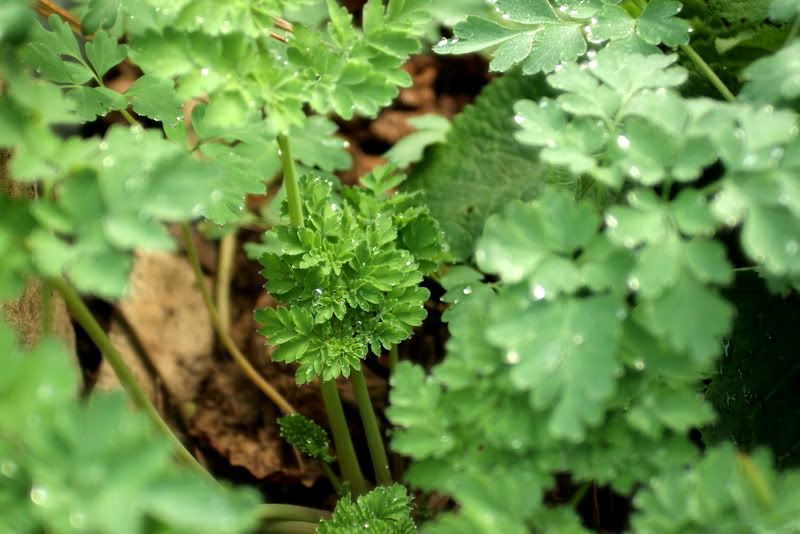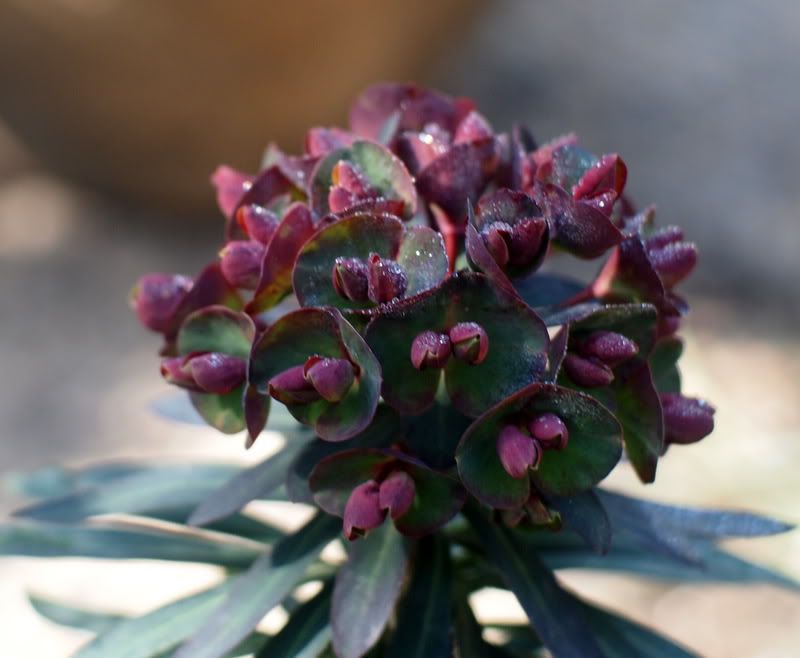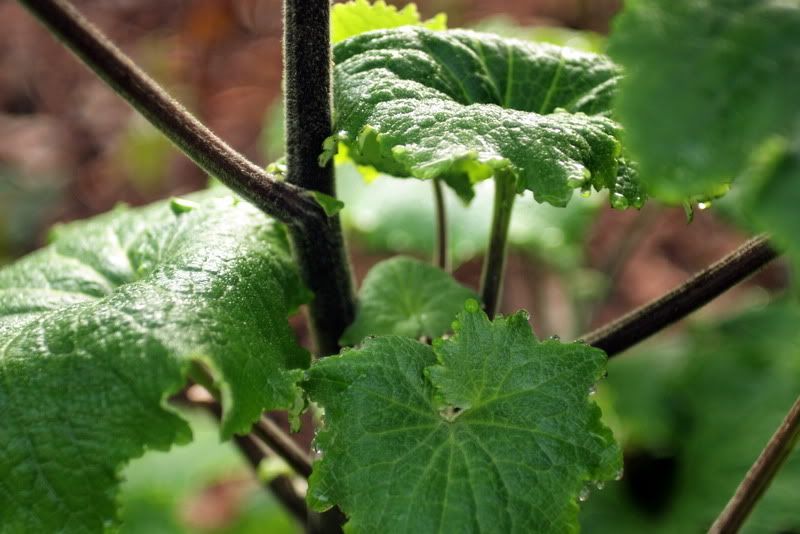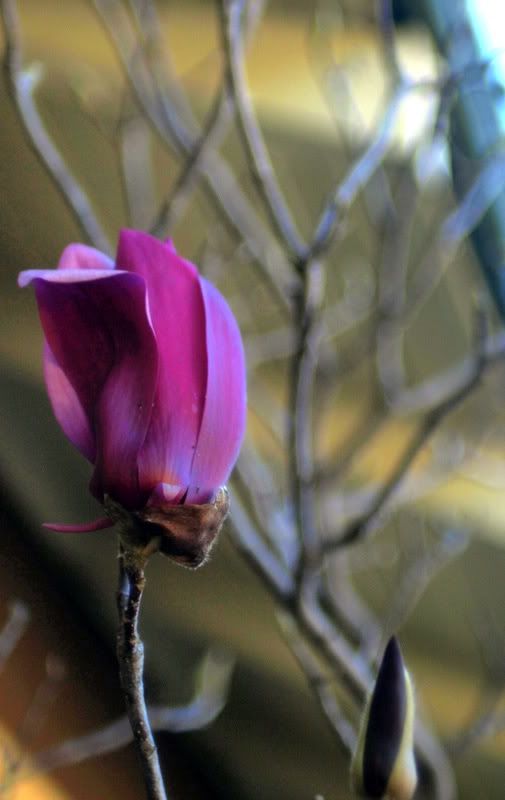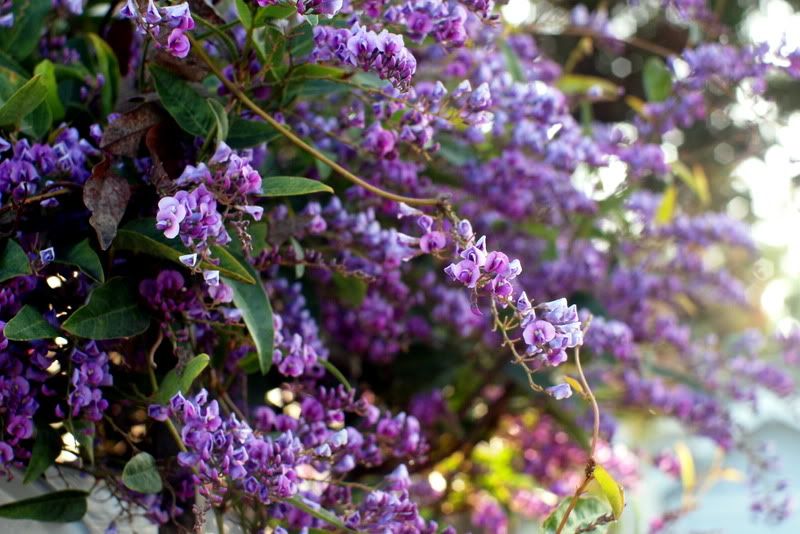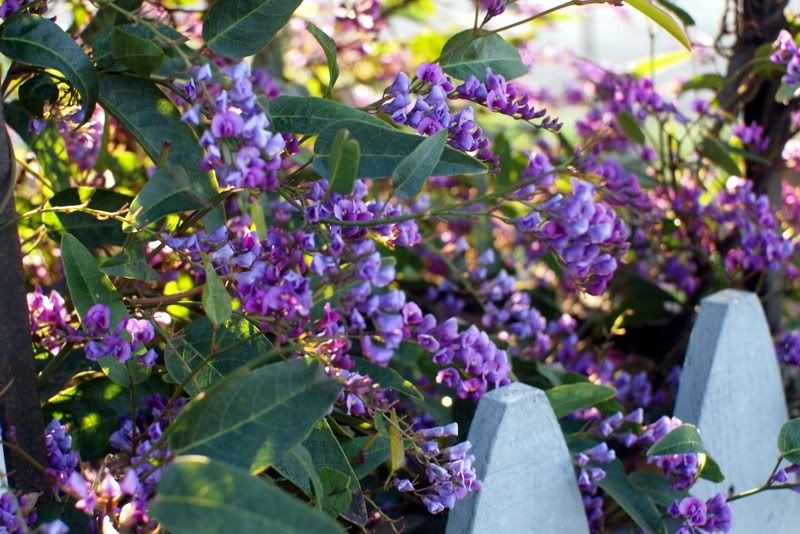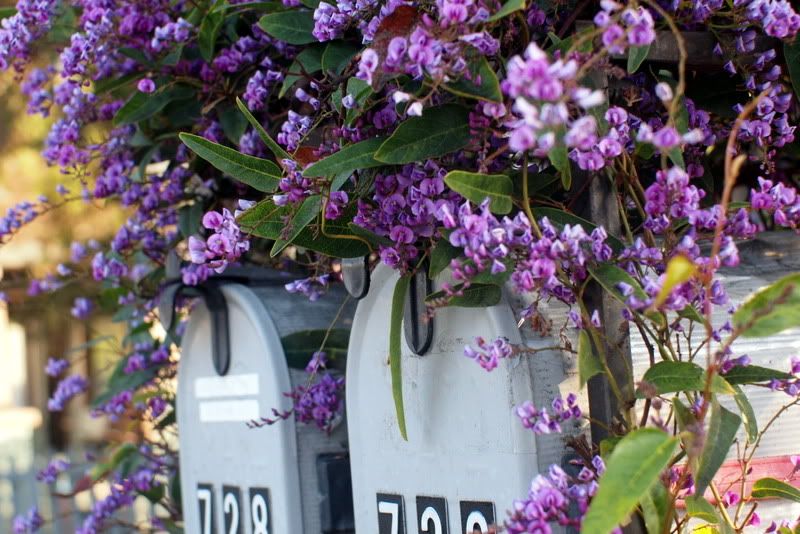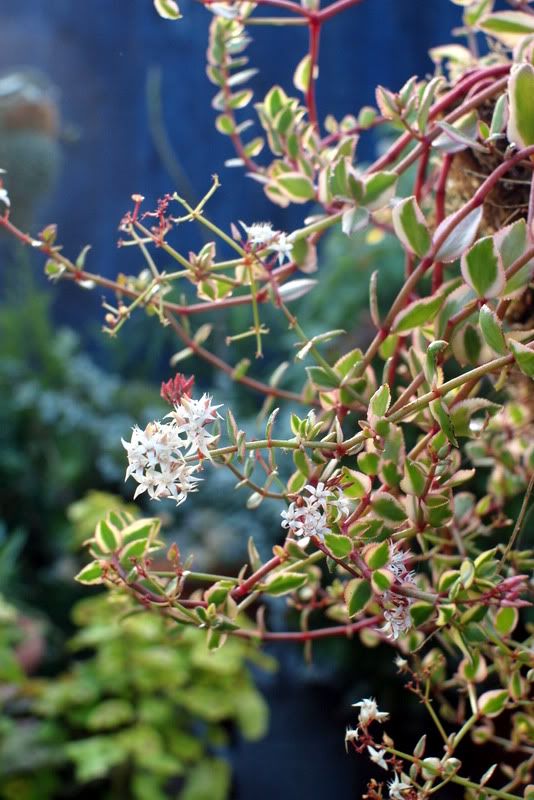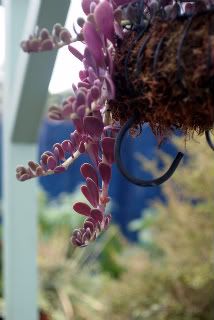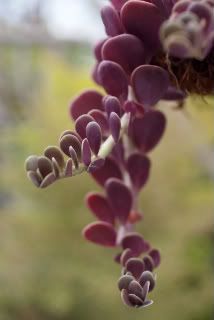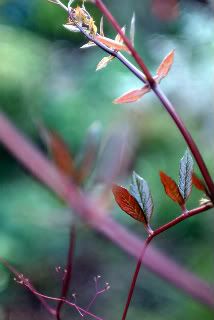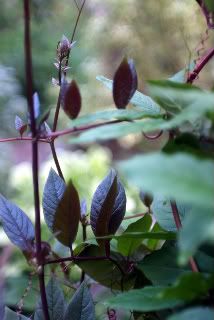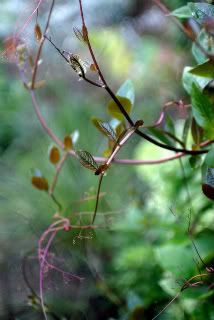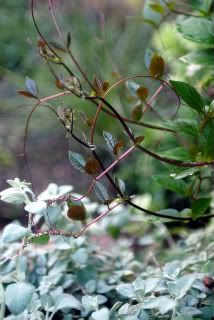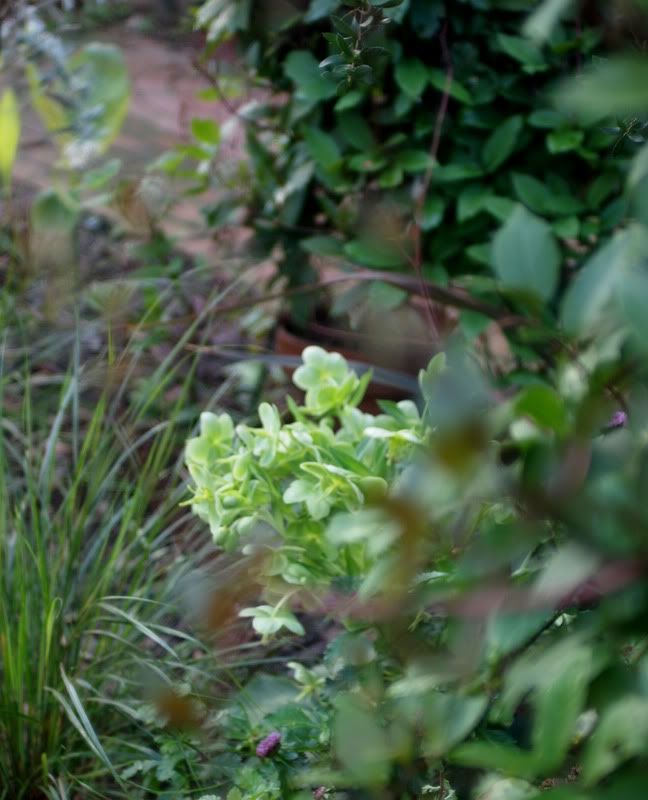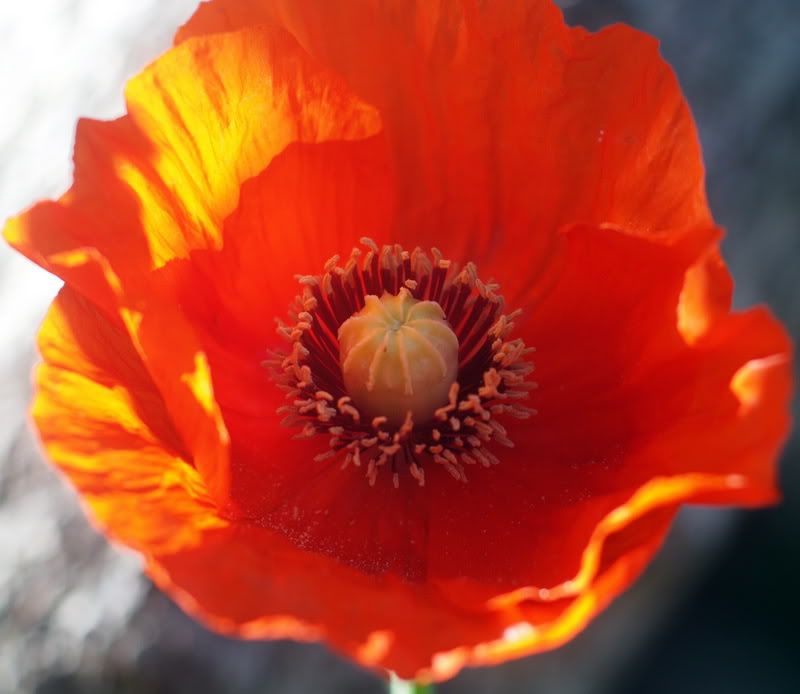
Of the many things I don’t do that cause me a small pang from time to time, like speak a language other than English,
keeping a book of poetry on my reading table ranks probably in the mid to low range on the list of regrets. A small twinge, barely a pang,
unless someone quotes Rilke or Rimbaud or really any poet they truly love. Then my twinge swells to a full-size pang. For a while at least.
Soon I’ll be back to my mostly non-fiction reading habits.
Yet I can’t look at a poppy without having the incantation “little hell flames,” pop in my head, from Sylvia Plath’s poem on poppies from Ariel.
And I’m one that never remembers anything I’ve read verbatim, so this doubly astonishes me. In fact, I had to look up the title, which
is “Poppies in July,” a cold, bitter poem of betrayal, of which I retained just those three words that, 20 years later, incongruously enough,
I still mentally recite in delight at the sight of….poppies.
Which just proves that, to paraphrase Dorothy Parker, when asked to use the word “horticulture” in a sentence, you can lead a horticulturist
to culture….but you can’t make her miserable with sad poems when spring is here.


